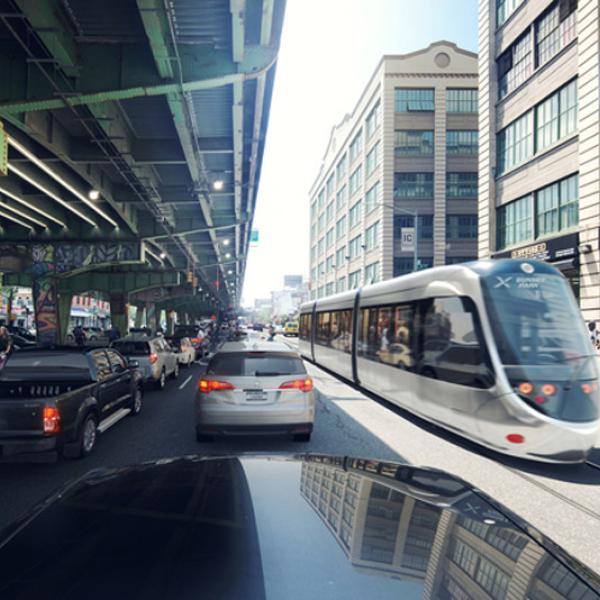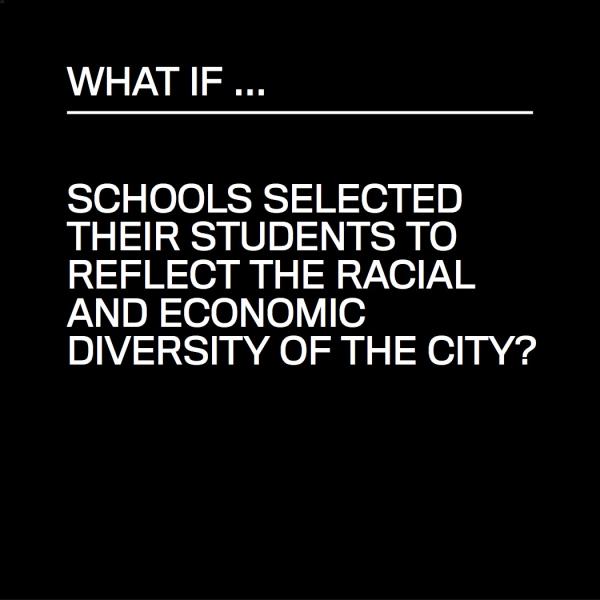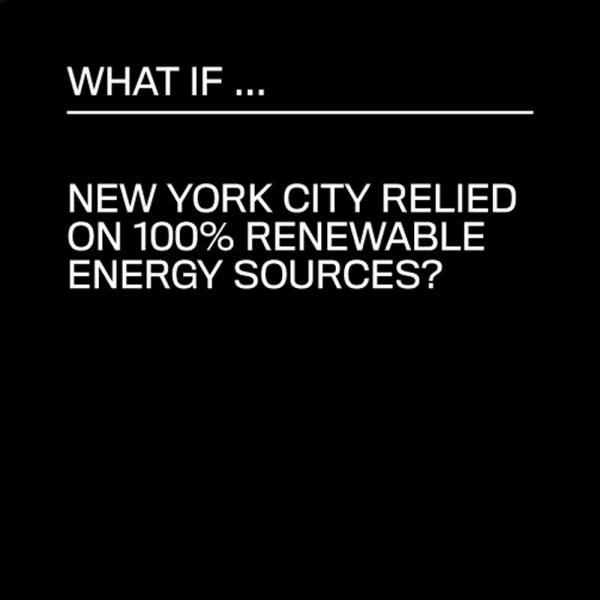What Is DACA, and How Does it Affect New Yorkers?
Tuesday, October 3, 2017 by
One of the five challenges explored in the Future City Lab – “Living Together” – addresses New York City’s kaleidoscopic diversity, reflected in its demographics, culture, cuisine, and entrepreneurial spirit. This diversity is a result of the fact that it is a city of immigrants and that our immigrant population is in itself unusually diverse,1 with no one group predominating. In contrast to other cities, in New York, the top five countries of origin represent only 41% of all immigrants.1 (See chart below.)
Sixty percent of New Yorkers are immigrants or children of immigrants,2 and the population’s growth is largely due to the continued arrival of new residents from other nations. Immigration has always been a contentious issue in New York, characterized by disagreements as to how to assess the costs and benefits of accepting and integrating successive waves of newcomers. The issue has become especially controversial during the current federal administration of President Donald Trump, who has vowed to crack down on illegal immigration and to curtail legal immigration nationally.
New York City’s government has often been at odds with the federal government on this issue, with the Mayor and many other elected officials vowing to support and protect immigrants and their families in New York City. The most recent flashpoint on immigration has been the Deferred Action for Childhood Arrivals program, or DACA, which was established by the Obama Administration in 2012 to allow some people who were brought to the United States illegally as minors to receive a work permit and temporary protection from deportation. The Trump administration rescinded the program in early September, 2017, but delayed implementation for six months to encourage Congress to address the issue. Since then, there has been indication that a compromise between the President and Senate Democrats may allow parts of the provision to stay in place, but no agreement has been reached or approved.
Nationwide, approximately 800,000 individuals are enrolled in DACA. According to the Migration Policy Institute, New York City has about 30,000 beneficiaries, with an additional 40,000 people potentially eligible for the program were it to continue.3 While immigrants from around the world are affected by the uncertainty over DACA, in New York City, the Asian, South American, and Caribbean communities, which have many recent immigrants, are disproportionately impacted by the revocation of the program. This is in addition to Mexican immigrants, who are the primary enrollees in DACA nationwide.4 DACA recipients are included in the 30% of immigrants in New York City who are classified as “documented noncitizens.”5 (See chart below.)
What’s at stake?
Immigrants as a group are critical to New York City’s economy, comprising 46% of the workforce and a majority of small business owners,6 and contributing $8 billion in City and State personal income taxes and approximately $2 billion in City property taxes.7 While New York City-specific data on DACA is lacking, a nationwide analysis shows that 91% of recipients are working, and their average wages increased by 70% since the program began.8 The Center for American Progress estimates that if DACA is allowed to expire, the United States would stand to lose $460 billion in GDP9 – losses that would be felt most immediately in immigrant-dense cities such as New York.
Supporters of the program argue that it provides stability and the possibility of legal employment to many thousands of young people who came to the United States through no fault of their own, and who otherwise have little legal recourse to remain in a country where many have grown up for most of their lives. Some argue that repatriating people to countries where they may have few ties, and in some cases may not even speak the language, is inhumane, and will tear at the social fabric of immigrant communities and the city as a whole.
Critics of DACA say that its establishment as an executive order improperly bypassed the legislative branch of government, where such policies should be drafted. Some argue that regardless of the age at which people entered the country, not enforcing immigration laws encourages illegal immigration and increases competition for jobs that could be filled by native-born Americans.
As it stands, DACA recipients are facing profound and destabilizing uncertainty as to their future prospects, dependent as they are on the program for their jobs and/or education status. New York State was one of the few states to also offer enrollees Medicaid benefits, so the future of the program also affects their health coverage. Enrollment in the program necessarily involves submitting personal information to the government, and many DACA recipients are now fearful that, should the program expire, this data could be used to locate and deport them.
What’s next?
Congress has until February 2018 to pass legislation to address the status of DACA recipients, after which point their protections will lapse. But a compromise solution may take shape before then. In the meantime, New York City Mayor Bill DeBlasio instructed City agencies and schools to do all they can to protect immigrant students and workers, while New York State Governor Andrew Cuomo and Attorney General Eric Schneiderman have vowed to sue the federal government to challenge the loss of DACA protections.
Some immigrant advocates hope that, given support for the program among the general public, the crisis may be an opportunity to push for more permanent protection for all people who came to this country as children but lack legal status. But with many Republican legislators in Washington actively opposed to any legislation that would provide a path to legalization, comprehensive immigration reform remains an unlikely – but not impossible – goal.
For more information on New York’s immigrant population, including detailed maps of immigrants from the top 10 countries of origin, come visit the Future City Lab.
1 U.S. Census Bureau. 2015 American Community Survey 1-Year Estimates. “Table S0501: Selected Characteristics of the Native and Foreign-Born Populations.” factfinder.census.gov.
2 New York City Department of City Planning. The Newest New Yorkers: Characteristics of the City’s Foreign-born Population, 2013.
3 Migration Policy institute. Deferred Action for Childhood Arrivals (DACA) Data Tools: DACA-Eligible Populations by State and County, 2016. Accessed at: http://www.migrationpolicy.org/programs/data-hub/deferred-action-childhood-arrivals-daca-profiles.
4 Migration Policy institute. County-Level View of DACA Population Finds Surprising Amount of Ethnic & Enrollment Diversity, 2014. Accessed at: http://www.migrationpolicy.org/news/county-level-view-daca-population-finds-surprising-amount-ethnic-enrollment-diversity.
5 Gerald Schifman. “Immigrants have $257 billion impact on city's economy,” 2015. Crain’s New York Business.
6 New York City Comptroller Scott M. Stringer. Our Immigrant Population Helps Power NYC Economy, 2017.
7 Ibid.
8 Tom K. Wong. DACA Recipients’ Economic and Educational Gains Continue to Grow, 2017. Center for American Progress.
9 Ibid.





